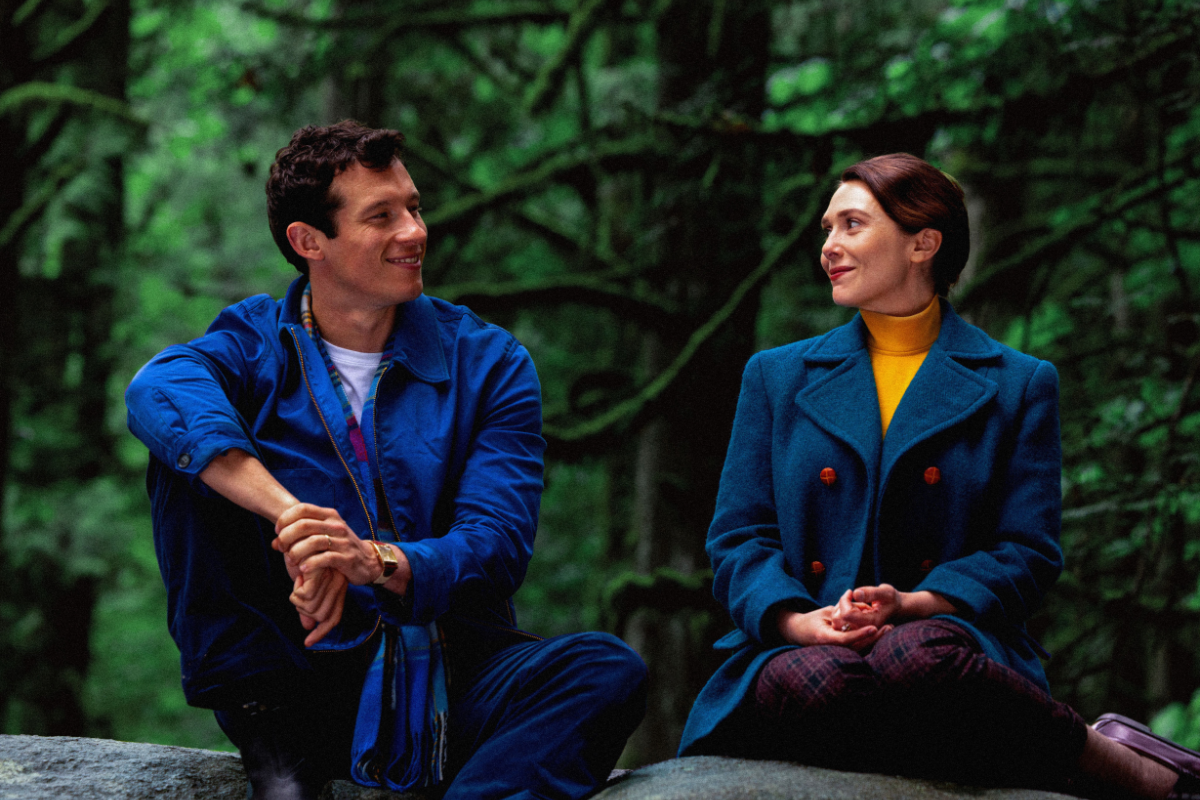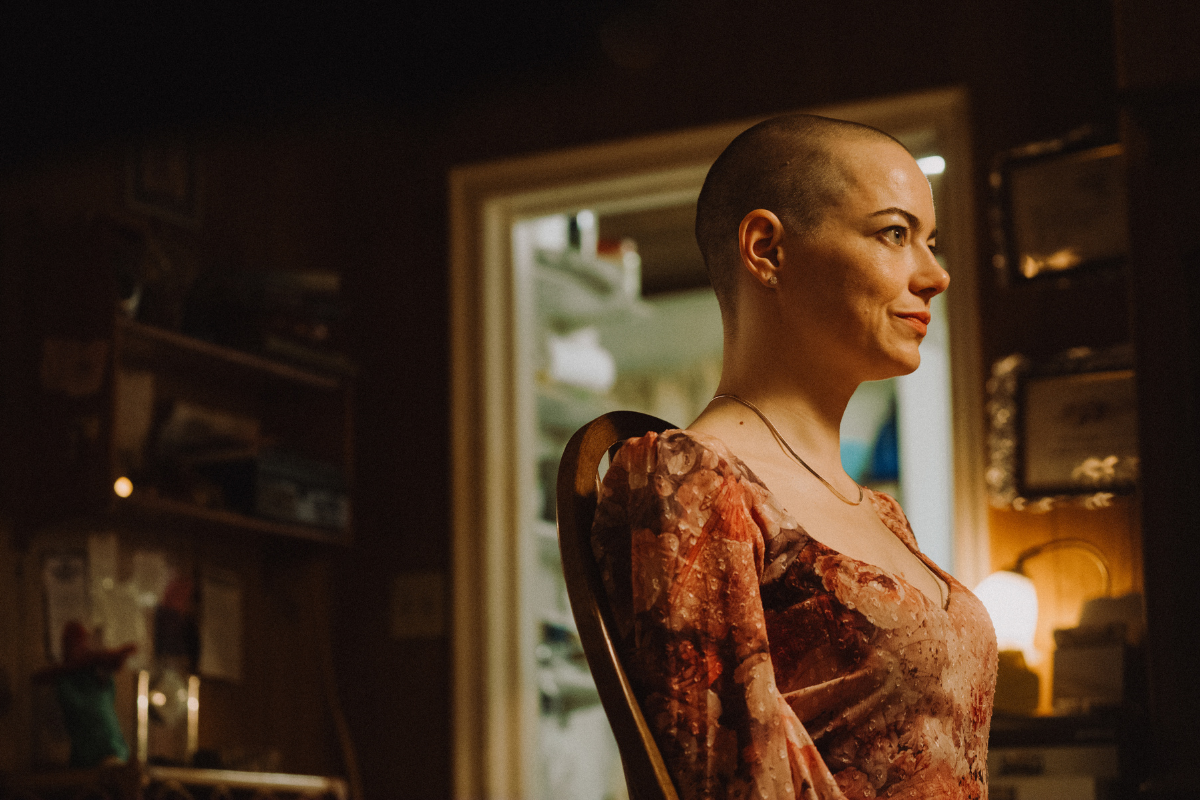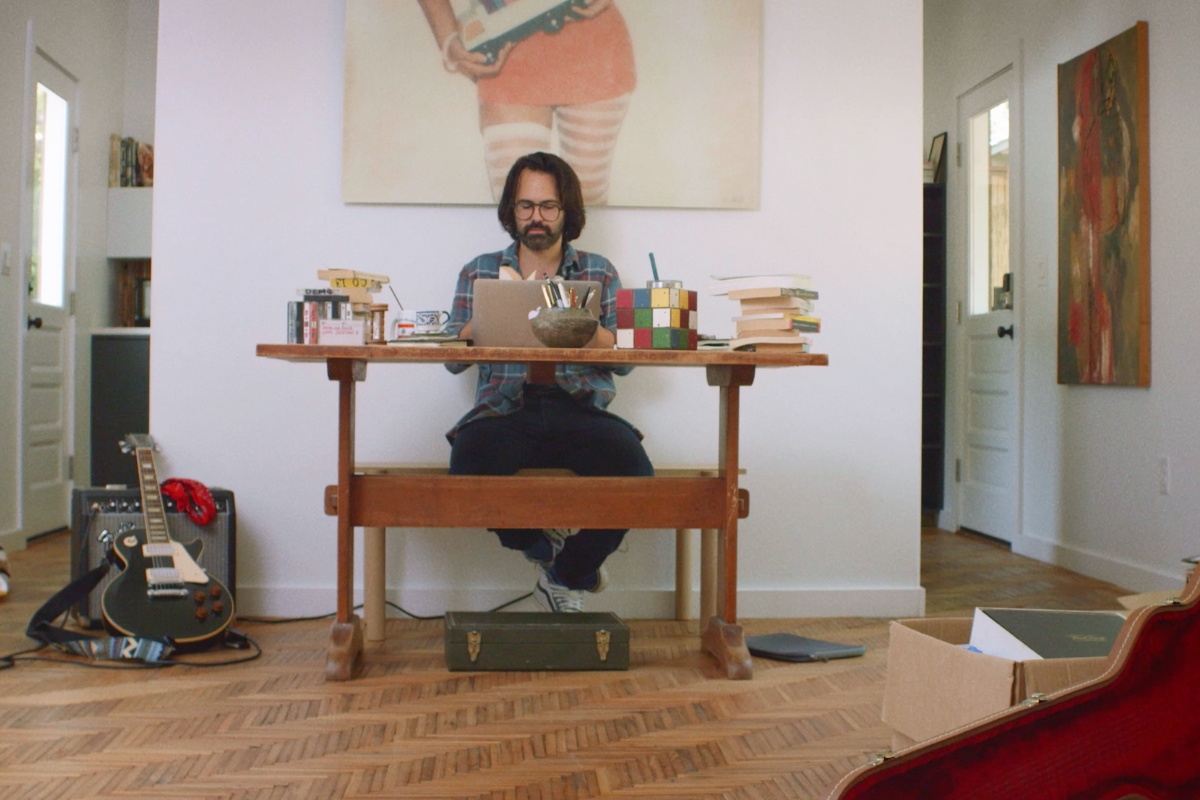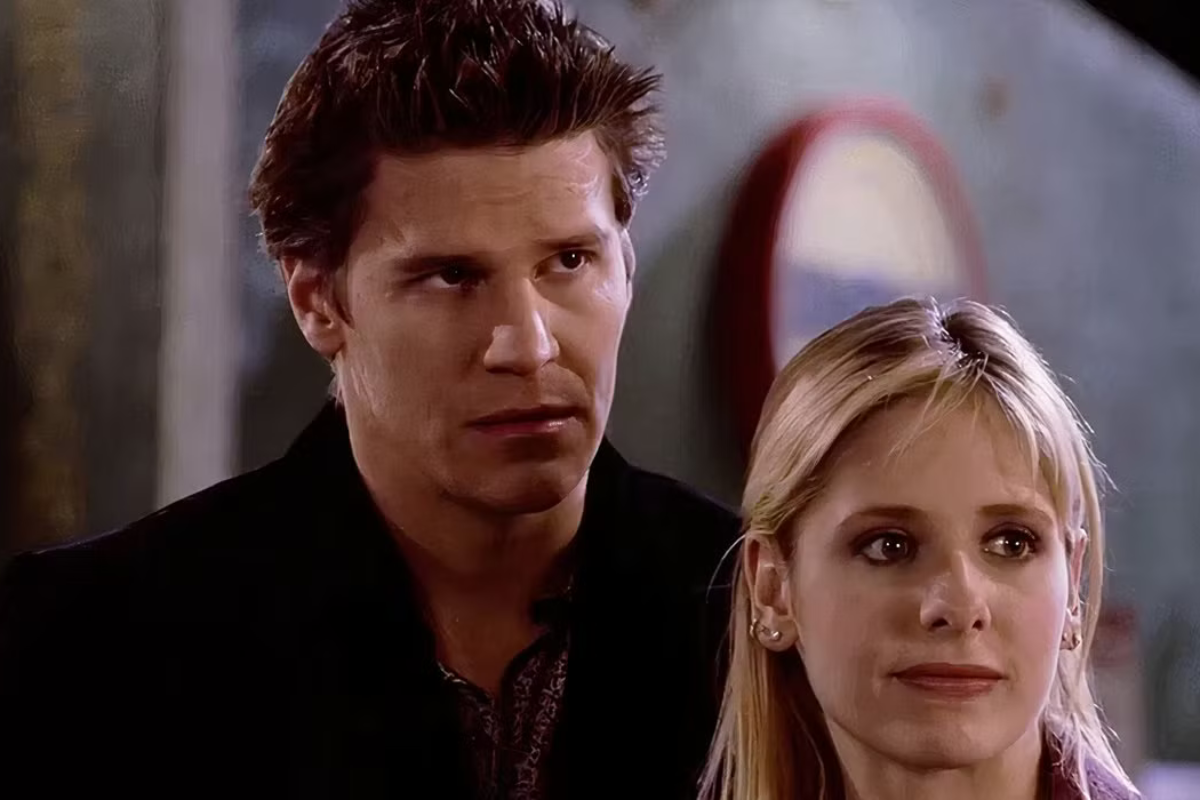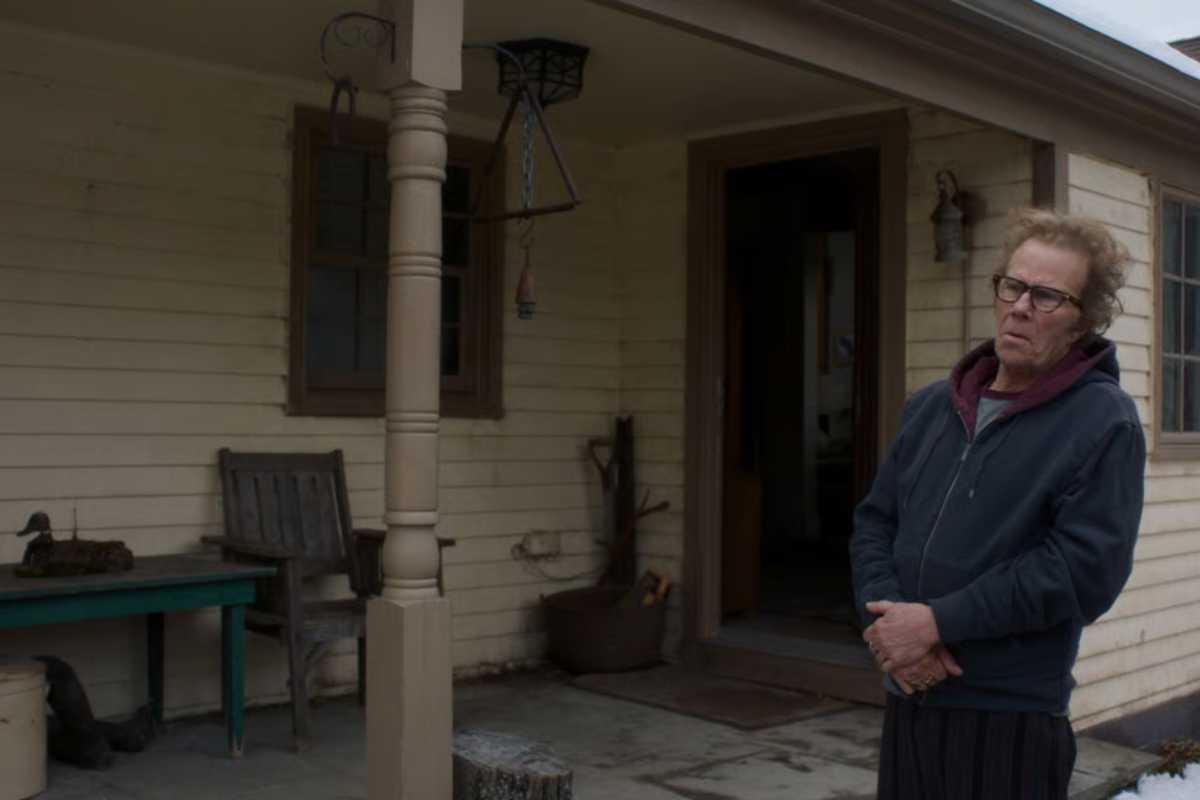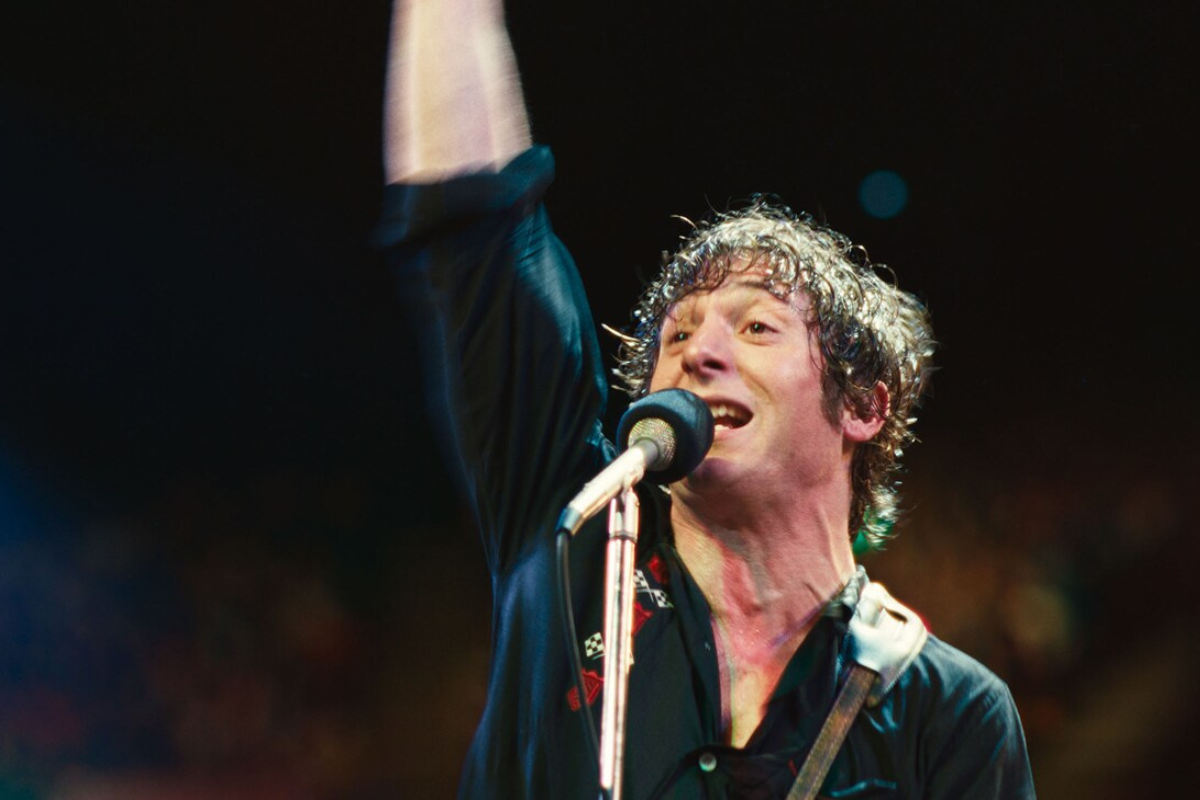Susan Kouguell Interviews I, Tonya Editor Tatiana S. Riegel
Susan Kouguell speaks with Tatiana S. Riegel, the editor of I, Tonya, about the challenges of balancing the film’s complex moving parts, setting a pace for the ambitious story while giving both the drama and the humor room to shine.
Susan Kouguell speaks with Tatiana S. Riegel, the editor of I, Tonya, a portrait of one of the most controversial figures in sports history, Tonya Harding.
Award-winning screenwriter and filmmaker, Susan Kouguell is a screenwriting professor at Purchase College, SUNY, and presents international seminars. Author of SAVVY CHARACTERS SELL SCREENPLAYS! and THE SAVVY SCREENWRITER, she is chairperson of Su-City Pictures East, LLC, a consulting company founded in 1991 where she works with writers, filmmakers, and executives worldwide. Twitter: @SKouguell
I, Tonya is a biopic quite like no other.
The film is a portrait of one of the most controversial figures in sports history, and follows Tonya Harding's story from her abusive childhood to her shocking figure-skating career, all the while maintaining a tone that strikes a careful balance between pitch-black comedy and real-life tragedy.
I had the pleasure to speak with Tatiana S. Riegel, the editor of I, Tonya in a wide-ranging discussion about her long-time collaboration with director Craig Gillespie, balancing the film’s complex moving parts, setting a pace for the ambitious story while giving both the drama and the humor room to shine, and much more.
Riegel previously edited Gillespie’s last four features: Lars and The Real Girl, Fright Night and The Finest Hour. Tatiana has also worked as editor on some of the most original independent comedies of the past few years, including Bad Words, The Men Who Stare At Goats and The Way Way Back.
I Tonya has been nominated for many awards, including Best Motion Picture – Musical or Comedy for the 2018 Golden Globes.
ABOUT THE SCREENPLAY
Upon its completion, screenwriter Steven Rogers' script began circulating in Hollywood, eventually appearing on the 2016 Black List and placing number one on the Hit List, The Tracking Board's influential compendium of the year's most highly regarded spec scripts. After months of industry heat, it caught the attention of actress-producer Margot Robbie's company LuckyChap who sought it out as a starring vehicle for the in-demand star, in keeping with the company's mission to develop and produce projects with a strong female perspective. Robbie, Ackerley and producing partner Bryan Unkeless warmed to Rogers' script on numerous levels, determined to find the right director who could bring the project to life. Ironically, Robbie was unfamiliar with the Harding/Kerrigan story, initially believing I, Tonya to be a fictional story.
SYNOPSIS
Based on the unbelievable, but true events, I, Tonya is a darkly comedic tale of American figure skater, Tonya Harding, and one of the most sensational scandals in sports history. Though Harding was the first American woman to complete a triple axel in competition, her legacy was forever defined by her association with an infamous, ill-conceived, and even more poorly executed attack on fellow Olympic competitor Nancy Kerrigan. Featuring an iconic turn by Margot Robbie as the fiery Harding, a mustachioed Sebastian Stan as her impetuous ex-husband Jeff Gillooly, and a tour-de-force performance from Allison Janney as her acid-tongued mother, LaVona Golden, Craig Gillespie’s I, Tonya is an absurd, irreverent, and piercing portrayal of Harding’s life and career in all of its unchecked–– and checkered––glory.
KOUGUELL: You’ve collaborated with director Craig Gillespie on several other films.
RIEGEL: This is the sixth time I’ve worked with Craig. We have a great collaboration. We complement each other in different areas; you need that in the editing room; you need that healthy banter. We have the same aesthetic regarding tone, emotion and comedy, and we both like films that navigate both of those. The first film I worked with him on was Lars and the Real Girl which is nothing like I, Tonya but in some ways very similar in terms of the crazy dance between emotion and comedy with a peculiar yet very emotional subject matter.
SK: How long was the editing process?
TSR: Beginning to end it was nine months. The shoot was 31 days from mid-January to the beginning of March. Craig and I went to New York for six months of post-production.
SK: Were you cutting as they were shooting?
TSR: Yes, I always do. As soon as we get dailies, which is the day after they start shooting, my assistant prepares them and I jump in right away. Then what I try to do is cut scenes and send them back to the director quickly; sometimes every day, sometimes a couple of times a week, sometimes once a week, depending on how much material we’re getting. The director gets a chance to see scene by scene everything and then he can see how scenes are transitioning from one scene to the next; this allows a dialogue between us to make sure we’re on the same page. With Craig, it’s very easy because I’m very familiar with him. Then they can see if they got the coverage and tone they wanted, and adjustments can be made by me or on the set. By the time they come in to see the first assembly they’ve pretty much seen the whole movie, so there’s no great shock.
SK: Do you refer directly to the shooting script?
TSR: Absolutely. In the same way I try not to go on the set when they’re shooting, I try not to spend too much time with the script. Obviously, I refer back to it to see where we’re coming from and where we’re going to. If I notice slightly different line readings from the actors I might go back to the script to see what was originally written. I try to stay away from it a bit because I feel the editor is sort of the only person who is the audience member attached to the movie; everybody else has been through various script rewrites, casting, location scouting – all these pre-production steps. I get to look at it and see if I am reacting to this emotionally, story wise, geographically, etc. If I’m looking at it and I’m confused about the geography of a room, a performance, and so on, I try to hold on to my initial thoughts of dailies as long as I possibly can through the process. I try to stay an audience member for as long as possible.
I didn’t watch too much of the documentary footage of the real Tonya Harding that the writer watched, which motivated him to write the script, I intentionally didn’t watch it, sort of for the same reason I didn’t want to go to the set. I need to react to the movie and not to what I want the movie to be.
SK: The film powerfully utilizes several devices, including breaking the fourth wall and voiceovers. Devices like these can often take the viewer out of a film, but in in I Tonya, it further enhanced the drama and comedic moments.
TSR: The film has three different parts: the on-camera interviews, the voiceover and breaking the fourth wall. That dialogue was written into the script as interviews or voiceover. All of that was basically structured as interviews in the script. Craig brought the breaking the fourth wall to the film; it was not written into the script.
One of the things I was worried about from a visual aspect was that there would be a lot of talking heads. What I find so interesting in the editorial process is you can read a beautiful script and you can’t think of one thing you would do to adjust it, but when it goes on film, suddenly certain things can become unclear and other things can become redundant. You then have to go through and rework that script to a new form, which is this new visual and audio form, and then fix those things which are either redundant or not clear.
Craig saw a documentary interview with Tonya when she was actually only 15-years old. She was talking about the abuse in a very detached matter-of-fact way; that was her form of survival I suspect. It really struck him. Craig and I talked about it a lot and this is how he came up with the idea of breaking the fourth wall in those very violent sequences where she turns and talks to the audience. It shows, in this subconscious way, this detachment, and that she survived. In fact, a lot of it is told from the 45-year-old Tonya point of view looking back on it so there is a subconscious survival and detachment and lack of emotion that allows the audience to think she’s not in that much jeopardy right now because we know she survives.
SK: The violence in the film informed Tonya’s character and was not gratuitous.
TSR: We had many discussions about this. Craig shot it both ways. There’s a lot of hard, serious violence in the film, and he didn’t want to sugarcoat any of that. He talked a lot about it with the writer and producers, and with Margot. He felt it was very important not to shy away from that as difficult as it is. It is what informs Tonya’s character and gets her to the place she is with this cycle of abuse from her mother to her husband and why people keep going back to abusive spouses.
SK:I Tonya underscores Mark Twain’s adage: Truth is stranger than fiction. The tone in the film is consistently powerful, as it balances drama and comedy.
TSR: With Lars and the Real Girl, Craig and I would say, we’re walking this fine line and five degrees in either direction will be a disaster. That was also the challenge in I, Tonya. With the comedic moments, it allowed us a dramatic break. Like in real life, you’re laughing and crying at the same time with horrible situations. The comedy allowed a little relief from all the brutality.
SK: The film integrates actual footage of Tonya Harding and other characters so seamlessly.
TSR: Obviously Tonya Harding was a phenomenal skater, and although Margot Robbie is a fantastic skater and trained a lot, she is not a professional skater and she did not do those big jumps, or extreme speed, so Craig had to come up with a way to use a double and use head and face replacements.
There are five big skating sequences, and we really wanted each one to have its own personality. The first one, with the ZZ Top music, she’s younger and much more aggressive, cocky. Someone before her is skating to Four Seasons and then she comes out dancing to ZZ Top. This is exactly the issue she had with the skating federation; she didn’t fit into that mold. And we wanted that sequence to be like her; very aggressive, fast. There are some seamless transitions, slight of eye type things we did to transfer from Tonya to the double and back again.
As the sequences progressed to the one in Lillehammer, it is actually sometimes her and sometimes a double, it is all done in one shot, so again we had these seamless transitions back and forth, which is a much more tense situation with the crowds stomping their feet, the shoelace issue – all of that is told in one shot to build that tension and emotion. The other sequences have their own personality as well. There were under 100 face replacement shots. It’s a small budget movie, so we didn’t have an endless supply of time and money to do this.
At the end of the movie, we have also some real footage, which starts with the real Tonya Harding skating, and that came about in a very interesting way. There was no title sequence written into the film, and in fact, the original film had a slightly different ending. We ended up ending spoiler alert*** (with the boxing sequence). First of all, it was really fun to cut, but to me, metaphorically, she just gets up again, which is the story of Tonya Harding, she just keeps going, she gets knocked down and she gets up. It is such a harsh, brutal scene.
In every screening we had, people were asking if this was real. ‘Is that bodyguard real with what he said,’ and we would say yes, and we got tired of saying, ‘yes, go look it up’. So we thought we would put that in the end. Craig and I had done two biopics prior to this, Final Hours and Million Dollar Arm where we had real footage, and we didn’t want to do it because we had already done it twice. The one thing we didn’t want to do was break the emotion of what was happening right then with the real people so we saved those for the crawl, and put in Tonya skating, which to me, juxtaposed with what we’ve just seen; we’ve seen the real Tonya Harding and how unbelievable fantastic she was as a skater and the pure joy on her face, right after seeing her pummeled in this boxing sequence.
SK: What was striking about the film is that it left open the question of Tonya Harding’s guilt or innocence, and how much she knew about the “incident.”
TSR: I think, honestly, no one really knows. This film is based on their interviews and their stories and they’re sticking to them, and they contradict each other. Tonya, to this day, denies any involvement more than what she admits to, which is knowing after the fact. And Jeff has another point of view, and other people have a different point of view. This was not a film to solve the mystery.
It was a challenge to have most of the people walk into the theatre thinking Tonya Harding is the villain because that was what we were told then and for most of her career. And maybe not the villain but the girl from the wrong side of the tracks; she didn’t fit in with the image that the skating federation wanted, all the way up to her being the villain in that situation, and in the last 25 years that’s where she lived in the minds of most people.
The challenge of the movie, and what I thought was really interesting, is for people to walk out of the theatre and think, maybe I judged her a little too harshly and didn’t know the whole story. Whatever you believe about her participation is up to the individual person but one of our early screenings someone said, ‘I thought she was the bad guy for the last 25 years and now I feel guilty’ and Craig and I looked at each and said, ‘Yes, we got it.’ I think it’s a very interesting place for all of us with everything that happens in the media to not just go with the simple soundbites of what they tell you, you need to do a little more research to understand more. Things are never as simple as they seem.
I, TONYA is now playing in select cities.
Check out all of Susan's Upcoming Classes!
Seven Weeks to Your TV Spec Script (NEW COURSE!)
The Fundamentals of Screenwriting: Give your Script a Solid Foundation
The Fundamentals of Screenwriting, Accelerated
Writing the Family Feature Film
Writing the Family Feature, Accelerated
Writing the Documentary
Writing the Documentary, Accelerated
Writing the Animated Feature
Advanced Film Rewriting
World Building: Crafting Screenplays Readers Can Step Into
Susan Kouguell, award-winning screenwriter and filmmaker, is a senior contributing editor for Script Magazine, and teaches screenwriting at SUNY College at Purchase. Author of Savvy Characters Sell Screenplays!. Susan’s consulting company Su-City Pictures East, LLC, works with filmmakers worldwide. Follow Susan on Facebook and Instagram @slkfilms.


